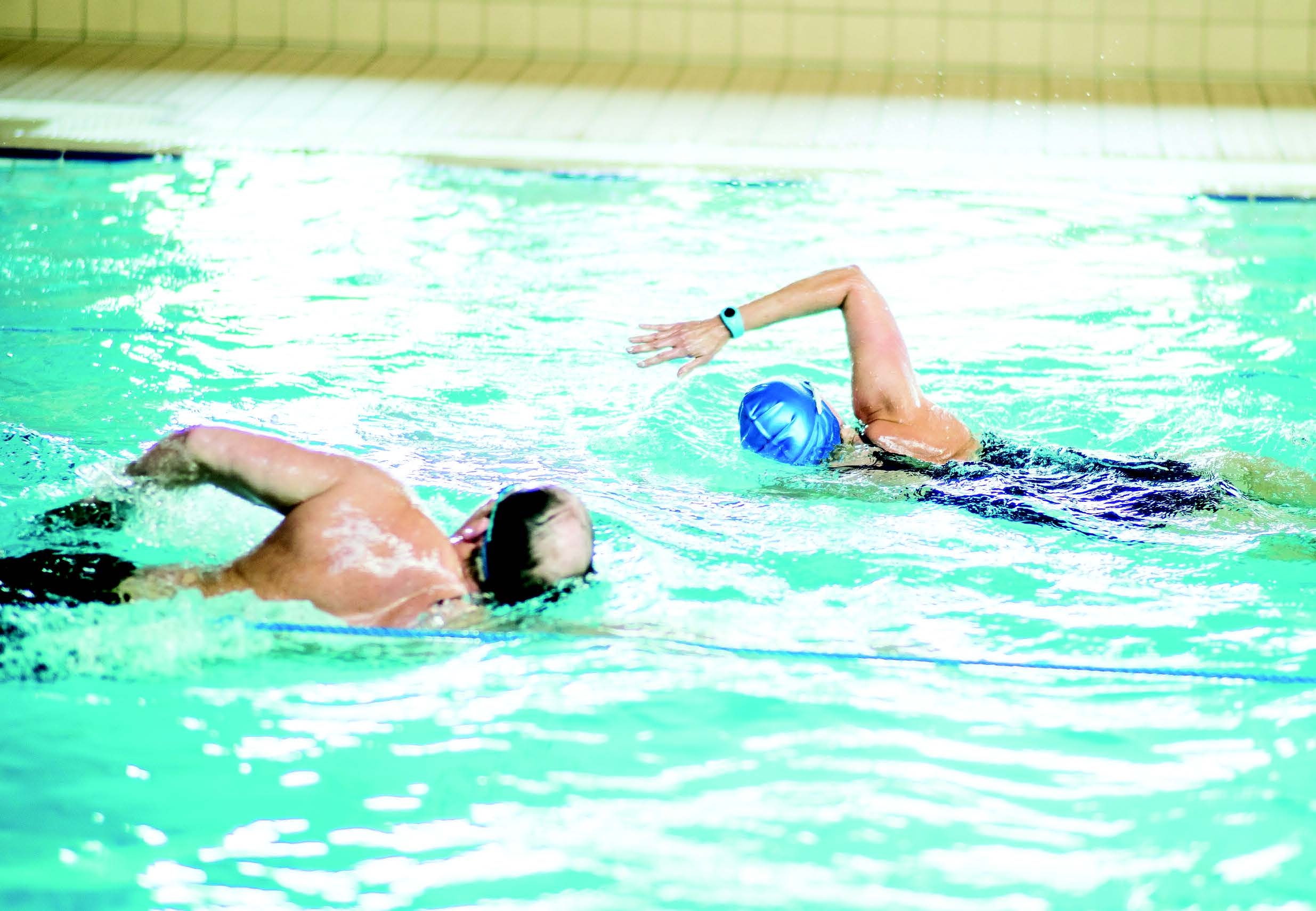
This September saw the launch of the first All-Party Parliamentary Group (APPG) on Swimming whose aim is to encourage more people to swim. Organised by keen swimmer Catherine West MP and co-chaired by Nicky Morgan MP, the group brings together more than 30 MPs and Peers from across the UK. Their focus is on a range of issues facing swimming such as the affordability of swimming and the need for greater access to the activity.
A decline in swimming
Despite swimming being the largest participation sport in the country, the number of adults swimming at least once a week in England has fallen by more than three quarters of a million in the past decade - a drop of 23.7 per cent (Active People Survey Nov 2016).
“Currently 31 per cent of children are unable to swim competently by the time they finish primary school. Our APPG aims to raise issues surrounding school swimming and access to affordable swimming lessons as well as to promote the restoration of swimming baths, uptake of outdoor swimming and water safety,” says West.
The formation of the group follows the launch of ukactive’s Moving Communities: Active Leisure Trends report. This shows that while swimming remains the most popular single activity, accounting for 35 per cent of all leisure centre visits, the proportion of swimming visits has fallen by 15 per cent since 2016. (The report, compiled in association with DataHub, gives insight into how local leisure facilities are being used by the public. It uses data from over three million customers and 130 million individual visits across 315 leisure centres over the past two years).
We asked industry professionals what is being done to halt this decline in swimming and whether there are any innovations encouraging participation ?
Alison Sutherland, regional swimming manager, everyone active.
To encourage more people to swim is about ensuring a variety of programmes are on offer such as fitness classes, technique improvement sessions as well as sport specific sessions. It’s also essential that we create a welcoming environment with knowledgeable colleagues on site.
Our efforts have helped to increase casual swims by 19 per cent in the past 12 months to 7,154,214. We have also seen 1,097 swimmers more in July and August this year than the same time last year.
Our initiatives also include:
Women-only swim
We helped launch the This Girl Can Swim campaign, in partnership with Sport England, which promotes women-only swim sessions in many of our centres. The campaign isn’t just about offering women only swim sessions, it’s also about getting rid of the barriers to participation. We have female lifeguards, we allow women to wear t-shirts and bring robes on the pool side, and we have also made many improvements to the female changing facilities.
Disability access
We are also involved in a Disability Accessibility Project in partnership with EFDS and Sport England to encourage more people from this group into swimming. For instance, we run partnerships with local community groups to offer visually impaired swimming lessons.
Steve Parry, Olympic swimmer, director of Total Swimming, chair of School Swimming Review Group
Swimming is the most popular sport in the country - great for the mental and physical wellbeing of people of all ages. But it could be so much more.
Swimming hasn’t kept up with innovation as other activities have. Gyms have changed dramatically over the past few decades with new equipment, classes galore and all sorts of personal training. By contrast, swimming has stayed largely the same - you get in the pool and swim up and down.
There’s so much more that could be done with programming: more family swimming offers to get parents swimming with their kids; bespoke programmes for seniors, triathletes and aspiring competitive swimmers.
Why don’t we have swim doctors or the aquatic equivalent of a personal trainer? And what is swimming’s answer to Park Run? (In the US, I’ve seen operators combine swimming sessions with military fitness training where swimmers hop out on to the side of the pool to complete star jumps and press ups, then jump back into the pool for more swimming).
We will only develop innovative programmes and evolve the swimming offer if we bring like-minded people together to share ideas and best practice. This is what we do at the Swim Group, which comprises representatives from across the education, sport and leisure sectors who check and challenge what is being done in swimming.
Decline in pool accessibility
We have less swimming pools. Small pools in local communities are being replaced by bigger pools in the centre of town. I’m afraid participation may be harmed if we continue to take accessibility out of the pool space. Accessibility is a problem that disproportionately effects those on lower incomes as transportation costs them become a major barrier to participation.
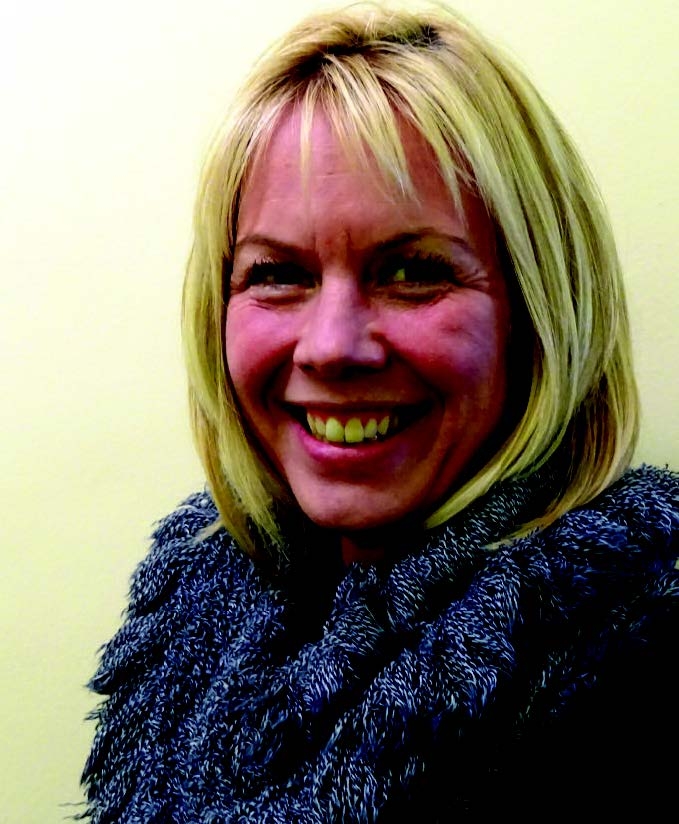
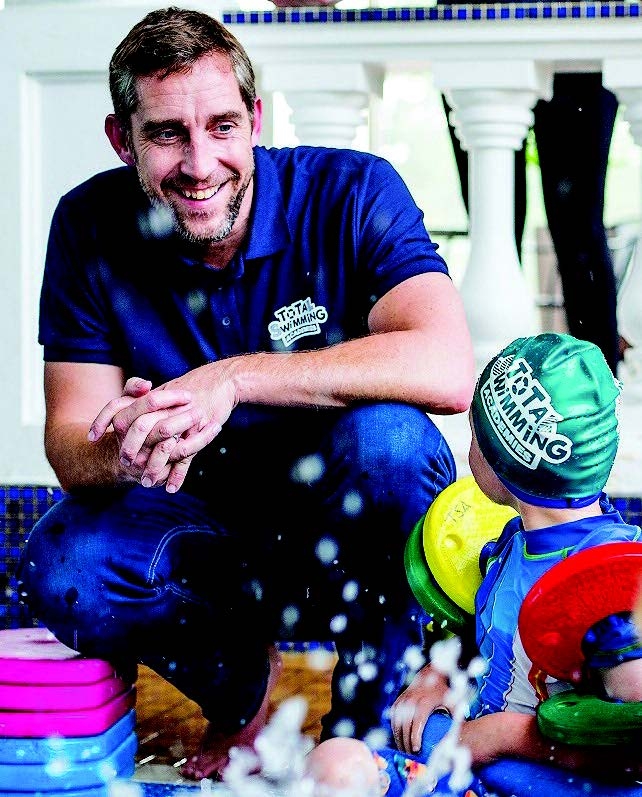
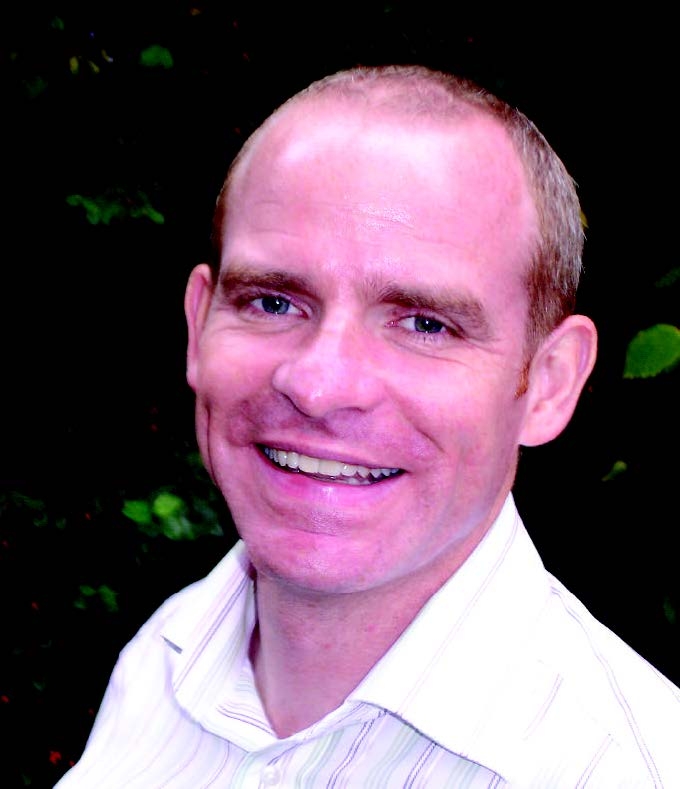
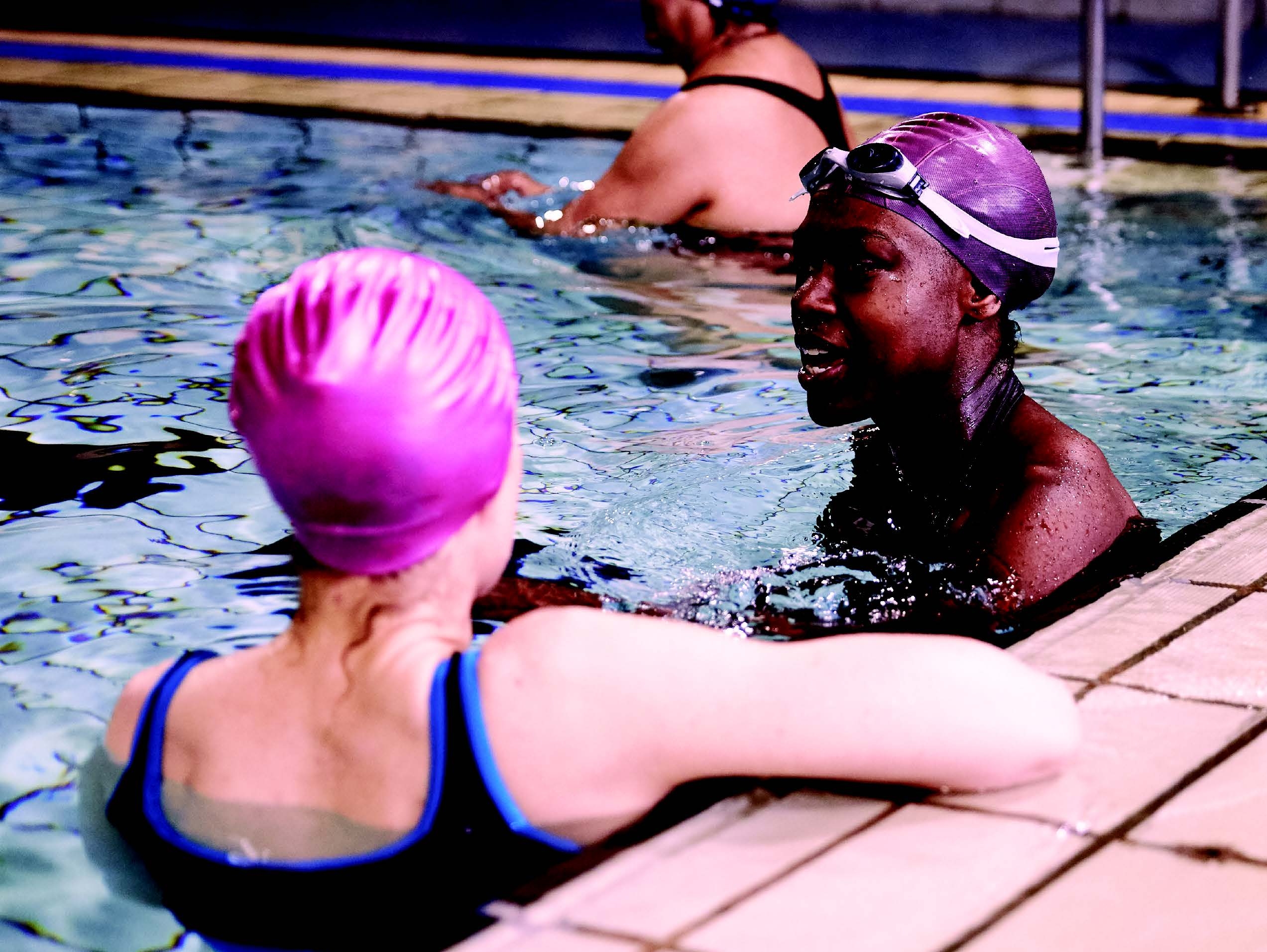
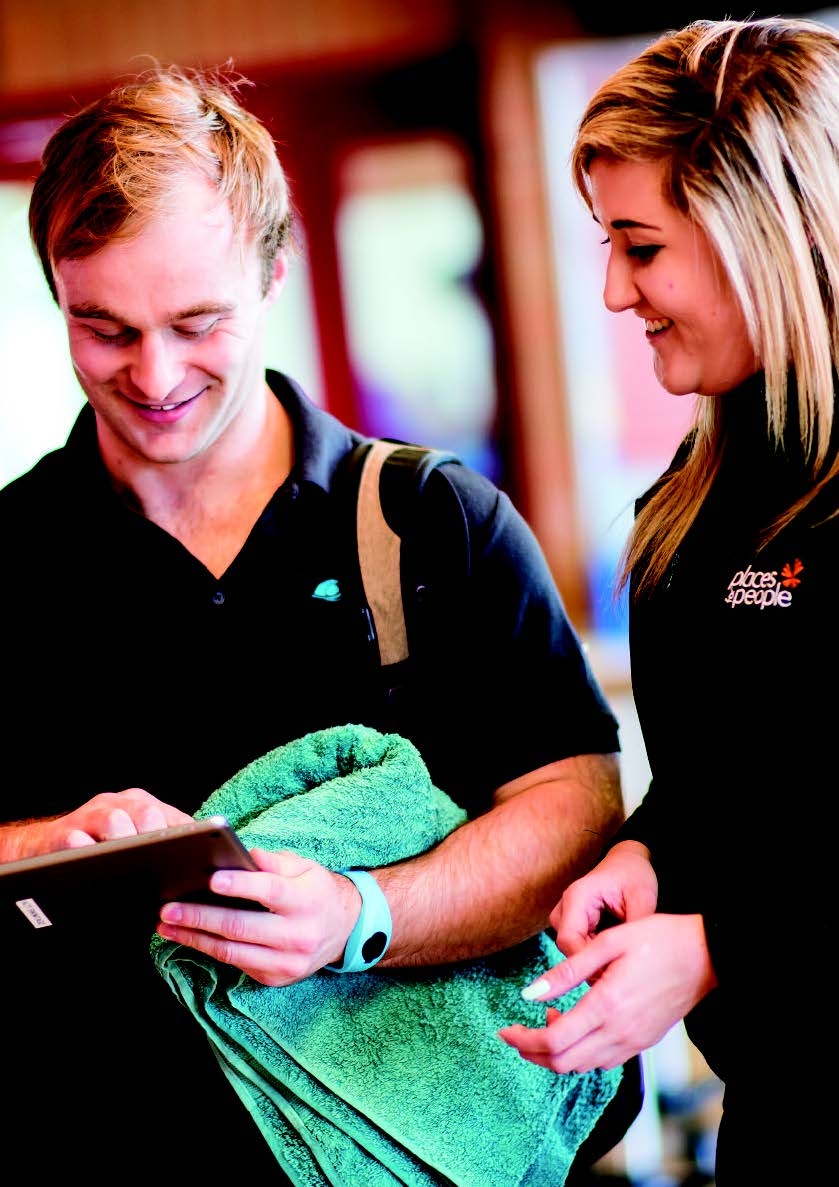
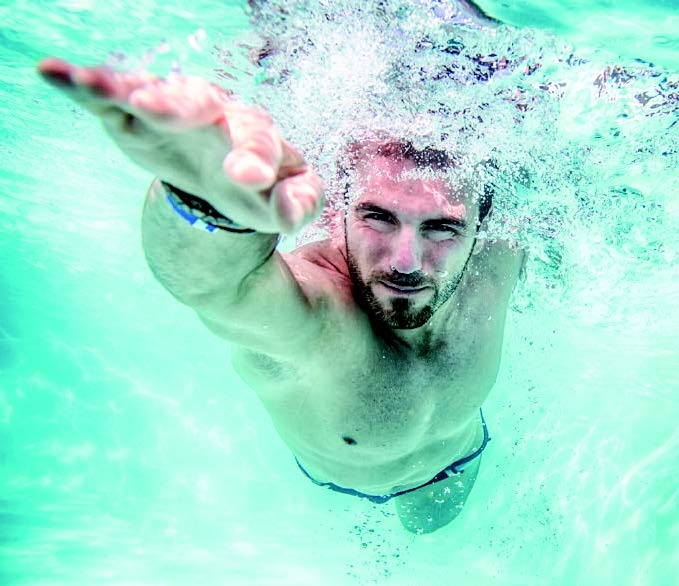
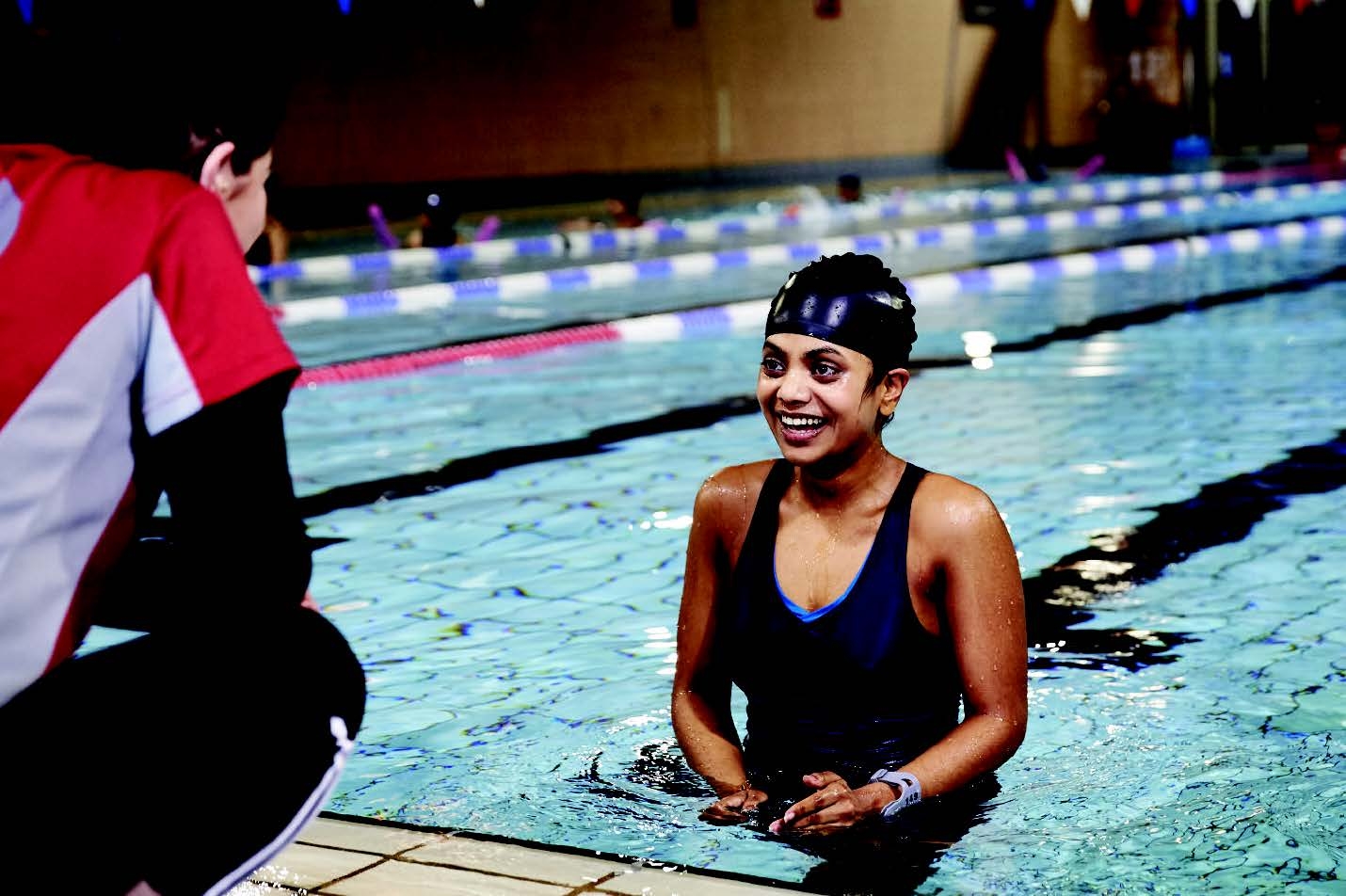
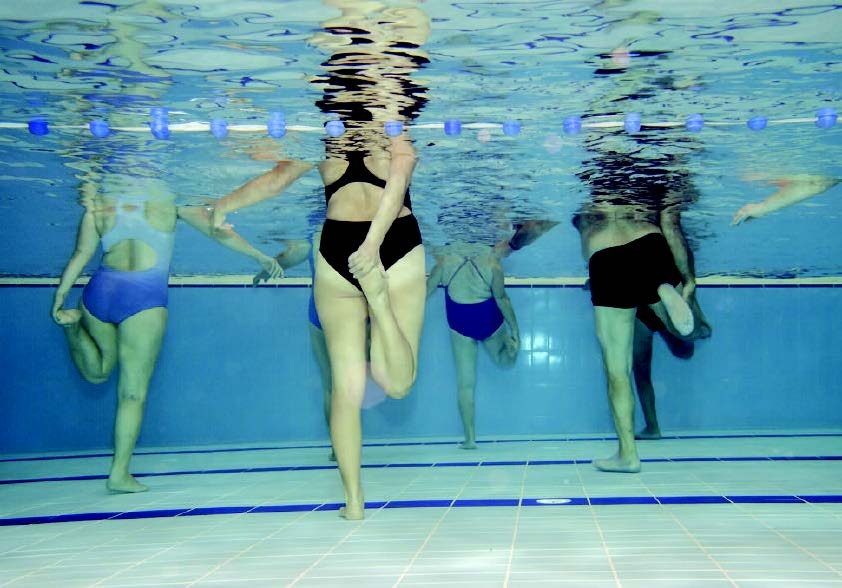
This may explain why there’s increasing interest in modular pools, which can be in place for up to 15 years and cost significantly less than traditional pool builds. They allow local authorities, trusts and operators to bring pools to where people want and need them. Lowering costs of building facilities helps build a business case for operating pools which I hope will result in more pools being available and participation going up as a result.
Poor attainment rates among children leaving primary school
More than one in three primary children can’t meet the national curriculum standard of swimming 25m, which means tens of thousands of children probably never will learn this vital life skill. So over 10 years a million youngsters will be lost from ever having the opportunity of participating in swimming. This isn’t a problem exclusively for schools but we know if children don’t learn to swim it is highly unlikely to happen later in life.
Mark Haslam, head of swimming and sport, PFPL
PFPL have started to change the user pool experience by bringing gym-style tracking, monitoring and booking systems to the poolside.
Swimtag
This system is free to all swimmers, at all pools and is integral to our pool offer. It enhances the user experience through the provision of gym-style activity and performance feedback.
Intelligence - Swimtag also allows us to gather a mass of intelligence on the pool activity of our users. As well as creating individual activity records, hugely important in the delivery of pathway programmes such as Swim4Health, we can gather and interrogate data, helping to develop products and programmes which better address the specific activities and needs of our users.
Social benefit - Swimtag has helped to make the activity less solitary and more social through the running of cloud based challenges and competitions. The #RuleThePool competition, available across all sites, attracts 600-700 participants every week and this is just one challenge of many in progress at any one time. There are currently 5,551 of our swimmers taking part in competitions and 6,334 have taken part in one or more challenges.
Over the next few months, we will introduce Swimtag lane displays across the estate to enable swimmers to gain live feedback on activity and performance whilst in the pool. These will also bring some much-needed visible signs of innovation to the poolside.
Achieving results
Between 6,000 and 7,000 swimmers, from casual lane swimmers to participants in signposted health products, use the technology every month.
In addition, we are evidencing success encouraging participants on pathway programmes into regular, longer term activity. For example, 43 per cent of Swim4Health participants go on to purchase a swim membership at the end of the programme. These are people who are unlikely to have ever walked through the doors of a leisure centre without this intervention. This statistic is very conservative since it does not take in to account any other participants who may continue to swim on a more casual basis.
Over the last few years, swim only memberships have grown by 18 per cent and casual pool usage is up 2 per cent. Swimming accounts for 46 per cent of our overall income.
Collaboration
The sector needs to working collaboratively with other providers and influencers to drive national participation. We are evidencing increased participations in localities served by our managed pools, but we manage only a tiny fraction of the 3,000+ pools across the UK. To affect positive change in all communities, operators need to work together, sharing best practice and promoting the many benefits of swimming. Collectively the sector also needs to embrace poolside technology in the way it has in the gym.